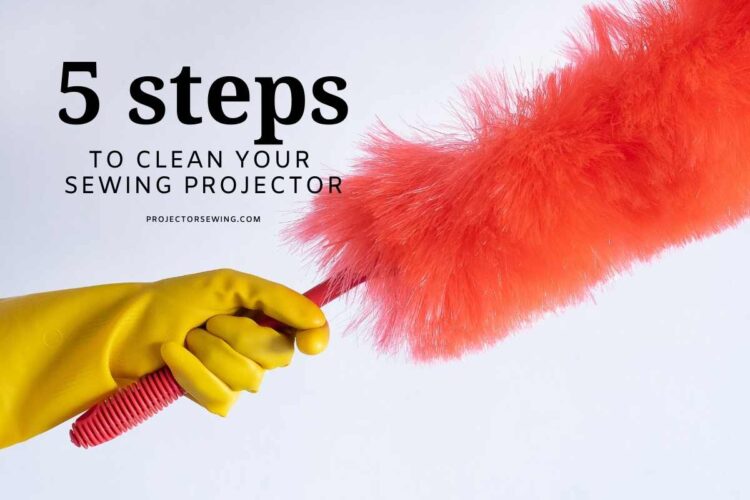*This post may contain affiliate links and we may earn a small commission if you click on them.
Addressing common problems encountered while operating sewing machines is essential for maintaining optimal performance. Users frequently encounter issues such as poor stitching, thread breakage, and needle breakage.
One prevalent problem is the occurrence of skipped stitches during sewing or overlocking, often resulting from the use of low-quality thread or a needle with an improper thickness. The gap between the needle and the shuttle’s nose (or loopers in an overlocker) plays a crucial role in this issue.
Defects like “bias stitch” and disruptions in upper and lower threads can typically be resolved by adjusting the tension of both threads. However, if adjusting the tension does not eliminate stitch defects, further adjustments may be necessary, including the interaction between the shuttle stroke and the needle, the fabric advancement mechanism, and more. It’s important to note that correcting parameters related to specific shuttle types, like the “Seagull” shuttle, may require professional assistance.
In general, many sewing machine malfunctions and issues can be rectified through proper adjustments, such as thread tension, needle replacement, and regular lubrication and cleaning of the machine. These basic troubleshooting steps are crucial for ensuring the smooth operation of your sewing machine.
1. Possible causes of top thread breakage
– After disassembly, the upper thread tensioner is not assembled correctly.
– Incorrect threading.
– Poor quality threads.
– The thread number does not match the needle number.
– The spring of the bobbin case lock has weakened.
Inside the bobbin case, you can find a very small screw, and if you unscrew it, the lock mechanism can be removed, and you will find a long spring. Try to stretch this spring slightly, but it is better to buy a new bobbin case.
– There are nicks and burrs along the path of the thread to the needle.
Carefully follow the path of the thread and, after detecting nicks, remove them with a small needle file. In older Podolsk-type machines, there may be thread cuts on the tensioner rod. Disassemble the tensioner and inspect the rod; if there are such cuts, remove them with sandpaper.
2. Reasons for breaking the bottom thread
– You are using a bobbin that is not suitable for this sewing machine. When buying bobbins in a store, take your “original” bobbin with you. Not all bobbins are interchangeable.
– The reason for the bottom thread breaking may be a low-quality thread, for example, cotton thread from Soviet times.
– The screw that presses the spring (plate) on the bobbin case protrudes excessively.
The tension of the lower thread is often adjusted, and sharp nicks appear on the screw head. The lower thread, wrapping around the bobbin case, clings to them and breaks off.
– The lower thread tension in the bobbin case is too tight.
– There are nicks on the edges of the bobbin.
The thread gets between the bobbin and the walls of the bobbin case and breaks. Change bobbins as soon as the first nicks or chips appear.
– The edges of the bobbin are bent, and there are gouges from the needle and nicks.
Explore a Range of Custom Handmade Products for Crafting Enthusiasts and learn more about the sewing and the handmade industry on “The Pak Crafts.”
3. Looping the lower and upper threads. Bad line
– The thread on the spool and bobbin is unevenly wound. Do not wind the thread onto the bobbin by hand; use a particular device for this. Evenly laying the thread on the bobbin ensures the same uniform thread flow. Hand-wound thread can get caught in other turns and pull the upper thread more than it should. As a result, loops appear at the bottom.
– The upper thread tension is too loose, or the bobbin thread tension is too tight. Adjust the tension of the bobbin thread so that while holding the thread, the bobbin case does not fall. Only with a sharp movement should the thread come out slightly from the cap.
– There are scraps or pieces of thread between the washers of the upper thread tension regulator. Over many years of operation of a sewing machine, thread frays accumulate between the tensioner washers. Gradually, they turn into seals that prevent the washers from completely clamping the thread.
– The lower thread tension is too loose, or the upper thread tension is too tight.
– Dirt or fuzz or thread trimmings have gotten under the leaf spring of the bobbin case.
– A slot has formed under the leaf spring on the bobbin case. This happens after many years of intensive use of the sewing machine. You should not fix bobbin case malfunctions yourself, except for cleaning and adjusting the thread tension. The best solution to troubleshoot a bobbin case is to buy a new case.
– Weak tension on both threads.
– Strong tension on both threads.
4. Poor fabric advancement
– Weak pressure with the foot.
– The sole is skewed, and it does not press the fabric with its entire surface.
– The teeth of the rack are dull.
– The sewing machine feed is set to embroidery mode, or the feed dog teeth are too low and do not grip the fabric well. The correct position of the teeth when sewing medium-thick fabric: with the maximum rise of the feed from the needle plate, the teeth should rise ultimately, but not higher than the height of the teeth. Their position too high will create a “fit” in the fabric or tighten it.
5. Reasons for needle breakage
– The needle number does not match the thread number or fabric thickness.
– The needle is bent.
– The needle is not inserted into the needle bar all the way.
– The needle does not pass through the center of the needle hole of the plate. The needle must pass precisely in the center of the hole in the needle plate. Make sure that the needle does not touch the rail while using the sewing machine. Incorrect needle position may be caused by a bent needle bar.
– The needle bar position is set too low or high.
– Incorrect sewing. While sewing, do not pull the material by hand; find the reason why the machine does not advance the fabric well. Adjust the presser foot pressure on the fabric.
6. Skipped stitches
– The needle is too high when meeting the nose of the hook, and it misses the needle loop.
– The needle is bent, or the needle point has become dull.
A curved needle can be identified in the light by twisting it on a flat and dark plane.
– The needle needs to be installed all the way or correctly, on the wrong side.
– Using a needle that is not intended for this sewing machine. Often, industrial-style needles are used in household sewing machines. They do not have a cut on the flask and are absolutely not intended for such machines.
– The settings for the interaction of the needle and the shuttle are misaligned. Of course, these are not all the malfunctions and malfunctions of sewing machines. The above list of faults is designed to eliminate them yourself without contacting a specialist. Failures associated with wear of parts and malfunction of some components can only be eliminated with your own hands with exceptional knowledge and experience.






